Content from the Brookings-Tsinghua Public Policy Center is now archived. Since October 1, 2020, Brookings has maintained a limited partnership with Tsinghua University School of Public Policy and Management that is intended to facilitate jointly organized dialogues, meetings, and/or events.
In weighing the state of U.S.-China relations, I am reminded of a well-known story. When Zhou Enlai, who served as China’s premier from 1949 to 1976, was asked for his opinion of the 1789 French Revolution, he demurred: “It’s too early to say.” To analyze history as it unfolds presents an even riskier and more challenging proposition. Nevertheless, as U.S. President Barack Obama approaches the end of his tenure, we stand at an inflection point. We must therefore measure the outcomes of U.S.-China relations during this period, drawing whatever lessons we can—even though it may be too early to judge.
From the time President Obama assumed office in 2009 to the present, positive U.S.-China relations have been vital to the two countries and to the world at large. As Obama himself has said, “The relationship between the United States and China is the most important bilateral relationship of the 21st century.” Forty-four years after establishing diplomatic relations, the world’s two greatest economic powers have forged unprecedentedly close ties. Unsurprisingly, the current relationship reflects varying degrees of cooperation as well as competition.
Generally speaking, on the U.S. side President Obama has firmly guided the overall direction of U.S.-China relations throughout his two terms in office. To understand this trajectory, we must incorporate into our analysis the president’s personal background, the domestic backdrop of the two countries, changes in the global and regional economic-political landscape, and other relevant factors.
Obama’s military restraint
Upon arriving in Beijing in November 2009, Obama became the first U.S. president to visit China during the first year in office. Even amidst a recession, he assigned great importance and high expectations to the U.S.-China relationship despite his limited previous exposure to China. Obama did not have much contact with China—neither as a law professor at the University of Chicago, as an Illinois state senator, nor as a U.S. senator. At the time of his inauguration, Obama’s knowledge of China was relatively limited.
In fact, President Obama’s 2009 visit was his first personal experience in China. In contrast to many of his recent predecessors who had visited China before becoming president, Obama had never been in China prior to that trip. As both a lawyer and the first African American to be elected president, Obama considered civil society and human rights issues to be particularly important and naturally dealt with China with these interests in mind. The visit was a challenging one, and he was caught by surprise by a number of pitfalls. For example, he did not have much chance to engage in a genuine and broad dialogue with people from various walks of life, especially young college students. The U.S. media widely panned Obama’s China debut, contending that he was led by the nose by the Chinese and failed to express American values. One former U.S. official familiar with China scoffed, “It’s a pity that Obama did not visit China until now going there in his capacity as U.S. president.”
From Obama’s own perspective, during his presidency U.S.-China relations started off at an imbalance. President Obama’s visit to Beijing was immediately followed by another unhappy episode—the failure to secure an ambitious deal at the 2009 Copenhagen Climate Change Conference. While this international meeting offered Obama deeper insight into Chinese interests and motivations, it also substantiated a more-cynical perspective of China, marring the idealism of his initial impressions and expectations.
Despite Obama’s delayed exposure to China, we should not forget that globalization formed the backdrop of his childhood and has thus strongly influenced his thinking as president. Born in Hawaii, Obama spent his early years there and in Indonesia before moving to the U.S. mainland in his late youth. His upbringing afforded him a clearer understanding of emerging economies and associated shifts in the world order. Many of Obama’s public statements evince his global mindset and the lessons he learned during his younger years: In Obama’s view, in the twenty-first century, America should evolve from a leader into a partner. He understands that “leadership comes with a price, and thus the United States cannot have leadership without strength. At the same time, he recognizes that the United States “must be aware of the rise of emerging economies and its impact on the new world order.
In my opinion, among America’s postwar presidents, Obama has placed the least emphasis on a “top dog” image of the United States. Instead, he has stressed the need for the United States to integrate itself into a changing world rather than stomp around arrogantly and blindly. This principle is consistent with his enthusiastic participation in the G-7 and G-20. He has repeatedly expressed that “the United States welcomes the rise of China,” and he characterizes the U.S.-China relationship as the most important bilateral relationship of our time. Globalization and domestic aspirations for diversity are also reflected in the historic composition of his first-term cabinet, which included three members of Asian descent, two of whom were Chinese American.
As U.S.-China relations become unprecedentedly complex, parts of American public opinion have degenerated into hostility, including open calls for the use of force to solve disagreements. China must understand that the United States operates under a system of checks and balances. While there inevitably will be individuals in the United States who distrust China or even view it as an enemy, it is important to understand whether or not such sentiments emanate from Obama himself. In my opinion, Obama and his team have refrained from pursuing paths that might lead to military confrontation. Not only did President Obama win the Nobel Peace Prize for promoting global denuclearization, but in his second term he has also focused on arms reduction. Many of his other ideas and policies also serve to promote global peace.
Difficulties in reconfiguring U.S.-China relations
Over the past eight years, the biggest change in the U.S.-China relationship stems from China’s new status as the world’s second-largest economy. With China continuing to gain economic strength relative to the United States, the incumbent superpower undoubtedly feels under pressure. The two countries must continue adjusting to this new reality and seek balance in their relationship.
When Obama first assumed office, numerous media outlets urged China and the United States to form the G-2 (Group of Two). This idea did not originate from the Obama administration, but rather from former U.S. national security advisor Zbigniew Brzezinski. China approached this concept with trepidation: In the eyes of many Chinese citizens at the time, China and the United States were not peers in terms of overall strength and, therefore, could not play comparable roles in global leadership. I also viewed—and still view—this formulation as problematic. In a G-2 framework, what roles would Russia, Japan, India, the EU, and other countries play? This concept is unreasonably exclusive in an increasingly interconnected world.
On the Chinese side, following his rise to the top leadership, President Xi Jinping proposed in 2015 a “new type of great power relations” between China and the United States. Although the dictum of “no conflict and no confrontation; mutual respect and win-win cooperation” represents an admirable founding principle, China’s position lacks substance. For example, the United States has called into question the specifics of China’s core interests, its definition of “great power,” and the relationship between these conceptualizations and real-world problem-solving.
After eight years, the scope of U.S.-China relations has significantly expanded and is no longer restricted to the conventional issues of bilateral trade, cross-Strait relations, the RMB exchange rate, and the Tibetan issue. Given China’s increasing importance in the Asia-Pacific and in the world economy, this reformed relationship encompasses broader regional issues such as tensions in the East China Sea, the South China Sea dispute, various challenges in Asia-Pacific, and the Trans-Pacific Partnership (TPP), as well as global issues like climate change, denuclearization, cybersecurity, anti-terrorism, and poverty reduction. The U.S.-China relationship has never been more complex.
At the official level, the past eight years of U.S.-China relations have brought an impressive degree of constructive cooperation. From an economic standpoint, post-crisis developments such as China’s massive purchase of U.S. Treasury bonds, the expansion of the U.S.-China Economic and Strategic Dialogue, and the ongoing negotiation of the U.S.-China bilateral investment treaty (BIT) have induced an unprecedented level of economic integration. Culturally speaking, people-to-people exchange programs—like U.S.-China Strong’s Hundred Thousand Strong Initiative and One Million Strong Initiative, as well as the countries’ agreement to offer reciprocal 10-year tourist visas—continue to expand and deepen. Likewise, China and the United States not only have refrained from directly airing ideological differences, but they also have avoided dwelling on politically sensitive events like the Wang Lijun scandal and the Edward Snowden disclosures.
Since Xi Jinping took office, the two heads of state have met a total of 11 times, on occasions ranging from state visits to international conferences. Their respective visits to Sunnylands in the United States and Yingtai, China, were both high-profile, fruitful meetings. Although their relationship is not characterized as a close personal friendship, it is laudable that the two have maintained numerous open lines of communication, particularly given the present complexity of U.S.-China relations and the breadth of global challenges.
Misunderstandings and false perceptions
As scholars in both countries have pointed out, China and the United States suffer from a “trust deficit.” As trust cannot be built through words alone, the two sides must do a better job to demonstrate mutual understanding and respect. Over the past eight years, misunderstandings have complicated bilateral issues, and these false perceptions have hindered the development of U.S.-China relations on several occasions.
China’s most significant misunderstanding of Obama’s tenure occurred during his first term, when then secretary of state Hillary Clinton introduced America’s strategic “pivot to Asia.” Of course, some Chinese scholars recognized the policy’s original intent to mark a general rebalance of strategy and focus as the United States withdrew from the Middle East. Obvious and legitimate motivations for an Asia-centered U.S. strategy included booming Asian economies, the increasingly alarming threat of the North Korean nuclear proliferation, and various regional tensions that posed a risk for conflict. However, Beijing strongly opposed the “strategic pivot,” which many considered nothing but a containment policy aimed at China.
China’s overreaction pushed the United States into a defensive posture. American interest groups, the U.S. Department of Defense, and the U.S. military subsequently adopted tough stances on cybersecurity, China’s establishment of the East China Sea Air Defense Identification Zone, and its land reclamation efforts in the South China Sea. These positions should not be seen as provocations directed at China, but rather as the result of America’s own strategic calculations in reaction to China’s initiatives. Similarly, in the South China Sea dispute, public opinion only appears to further escalate and intensify the misunderstandings.
On the trade front, the TPP began as a neutral trade agreement but later evolved into a counterweight to China’s expanding regional influence. When China established the Asian Infrastructure Investment Bank in early 2016, the Obama administration saw it as an attempt to rewrite the global rules of engagement and therefore accelerated TPP negotiations. Obama hopes to make the TPP a late-term policy achievement, and no doubt he will strive to promote it for as long as he is in office.
In the 1990s, China established favorable conditions for foreign firms in order to attract foreign capital and technology that were desperately needed domestically. Throughout Obama’s presidency, China has continued to experience economic development. While state-owned enterprises continue to grow, private enterprises have begun to crop up, including information technology (IT) giants such as Baidu, Alibaba, and Tencent (collectively referred to as “BAT”). Many enterprises and markets no longer have trouble drawing foreign investment, and a large number of Chinese firms have even started “going out” as global investors in their own right. America, in fact, is now a popular destination for Chinese investment. China’s economic advancement has necessitated adjustments in trade and economic policy, which in turn have contributed to a more difficult environment for American and foreign firms, especially those in the IT sector.
Despite Chinese efforts to advance negotiations, the prospects for a U.S.-China Bilateral Investment Treaty (BIT) remain dismal. It now appears that a U.S.-China BIT will be established only if and when the TPP is approved. With the current political climate in the U.S., Congress is likely to block any such treaty.
In his pursuit of other political achievements for his personal legacy, Obama’s foreign policy has engendered other false perceptions and misunderstandings in China. On the one hand, Obama used his two terms to end the Iraq War and the war in Afghanistan, to call for the closure of Guantanamo Bay, and to cut military expenditures. On the other hand, Obama also successfully transformed old foes into new friends and mended historical grievances: he signed the Iran nuclear deal, reestablished diplomatic relations with Cuba, and paid historic visits to both Vietnam and Japan’s Hiroshima. Even so, to some Chinese observers, his attempts at outreach have simply been thinly veiled attempts to contain China.
On this point, I would like to add my own observations: Containing China is no easy task. The United States is a global power with unique norms, perspectives, and strategies, and China should not interpret every U.S. action as an effort at containment. By the same measure, it is misguided for the United States to consider every Chinese action as a challenge to its preeminent position. The two sides should avoid making assumptions and policies based on extreme views and misguided conspiracy theories.
U.S.-China relations in context
U.S.-China relations are shaped by actions on both sides, and thus actions by either party cannot be evaluated outside of a broader context. Obama’s engagement with Japan illustrates this point. During his first term, Obama cautiously recalibrated the U.S.-Japan relationship to try to prevent Japanese right-wing politicians from aggravating China. While China may view the strong U.S.-Japan alliance as aimed at containment, in reality, America is reluctant to alter its foreign policy to primarily accommodate the interests of other countries. The current strengthening of U.S.-Japan ties is not only attributable to a changing U.S. assessment of the tensions in the East China Sea, but also comes in response to warming China-Russia relations.
Each of Obama’s two terms has featured a distinctive foreign policy team, and Chinese experts believe that the difference between them illustrates his evolved attitude towards China. According to this view, during Obama’s first term, when Hillary Clinton served as secretary of state, America was more actively engaged in the Asia-Pacific and in China’s affairs. In his second term, Secretary of State John Kerry has shifted the focus from Asia to the Middle East, perhaps even setting U.S.-China relations “adrift.”
I disagree with this view. Many complex factors have exerted new influence on U.S.-China relations during Obama’s second term. These include the increasing scope of issues included in dialogues between the U.S. and China, a lack of U.S. political will to improve relations, and the difficulty Obama faces in pushing through some of his policies.
Additionally, China’s confidence has increased following its successful hosting of the 2008 Beijing Olympic Games and its emergence as the second-largest economy in an increasingly globalized world. Some would argue that this has led China to become more assertive or even aggressive in foreign affairs. While it is perfectly acceptable for China’s confidence to grow, becoming a true global power requires deeper empathy for foreign nations and a more-nuanced understanding of the world. A global vision will also help China to recognize its own domestic problems and earn a stronger voice on the international stage.
China’s peaceful rise is a boon to the world, but that narrative has not been meaningfully presented and hence not widely acknowledged or embraced. In order to share China’s story, China must seek to adopt and transmit global values that the international community can accept and appreciate. Otherwise, if China’s perspective does not resonate with other nations, China’s rise will be interpreted as a threat in some parts of the world.
The persistent friction between the United States and China has made it increasingly important to establish effective mechanisms of communication. Without a doubt, U.S.-China relations are undergoing significant changes: China’s power and status are on the rise, new forms of media are emerging, and science and technology develop rapidly. These changes often occur faster than government policies can respond. Likewise, the global economy has yet to fully stabilize after the financial crisis; the world order is still undergoing reshuffling; and a host of environmental issues, health concerns, and other challenges continue to trouble humanity. All of these problems will test “the twenty-first century’s most important bilateral relationship”. Our leaders and scholars have every reason to pursue win-win cooperation over zero-sum competition, and we must hope that they will continue to do so.
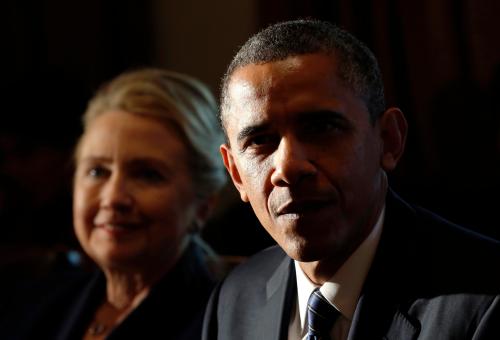
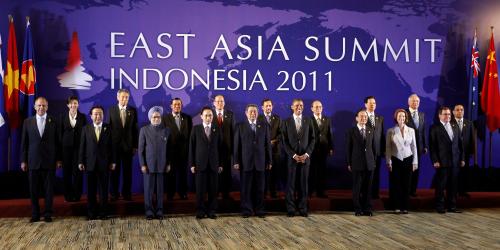
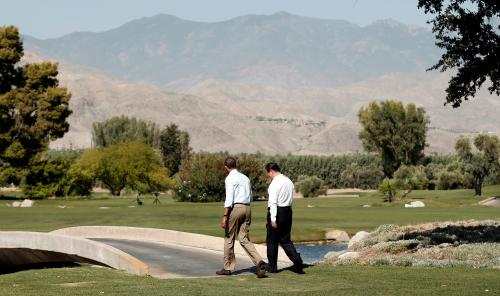
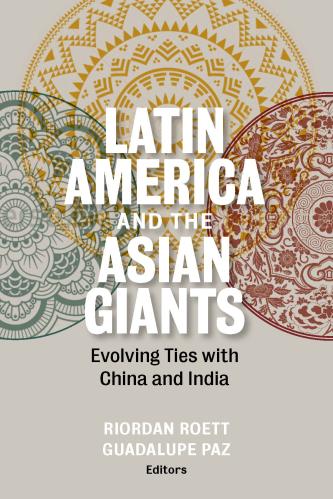
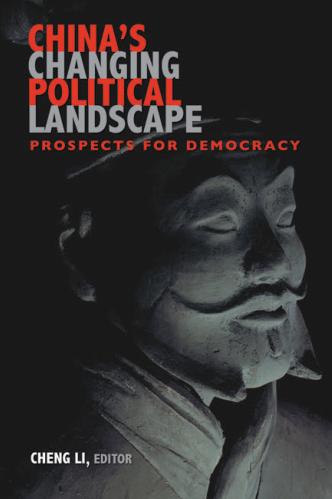
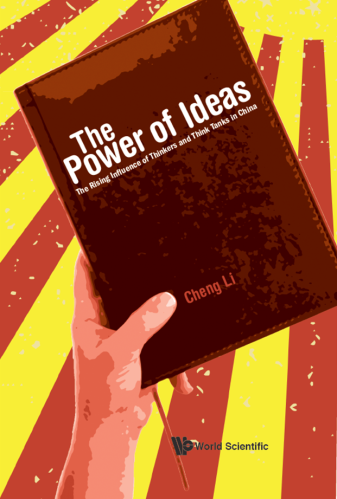


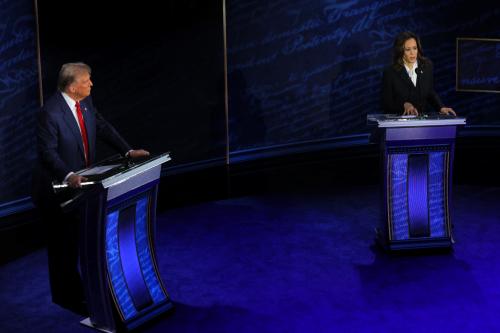
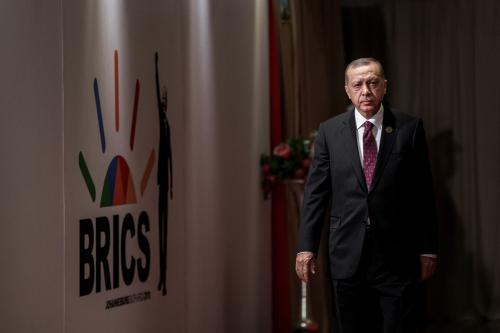
Commentary
Op-edAssessing U.S.-China relations under the Obama administration
August 30, 2016